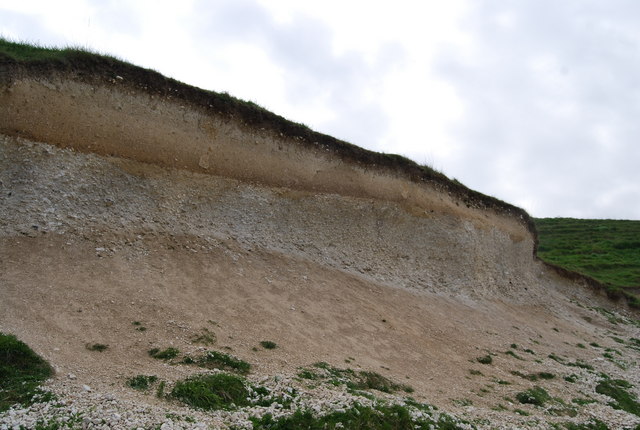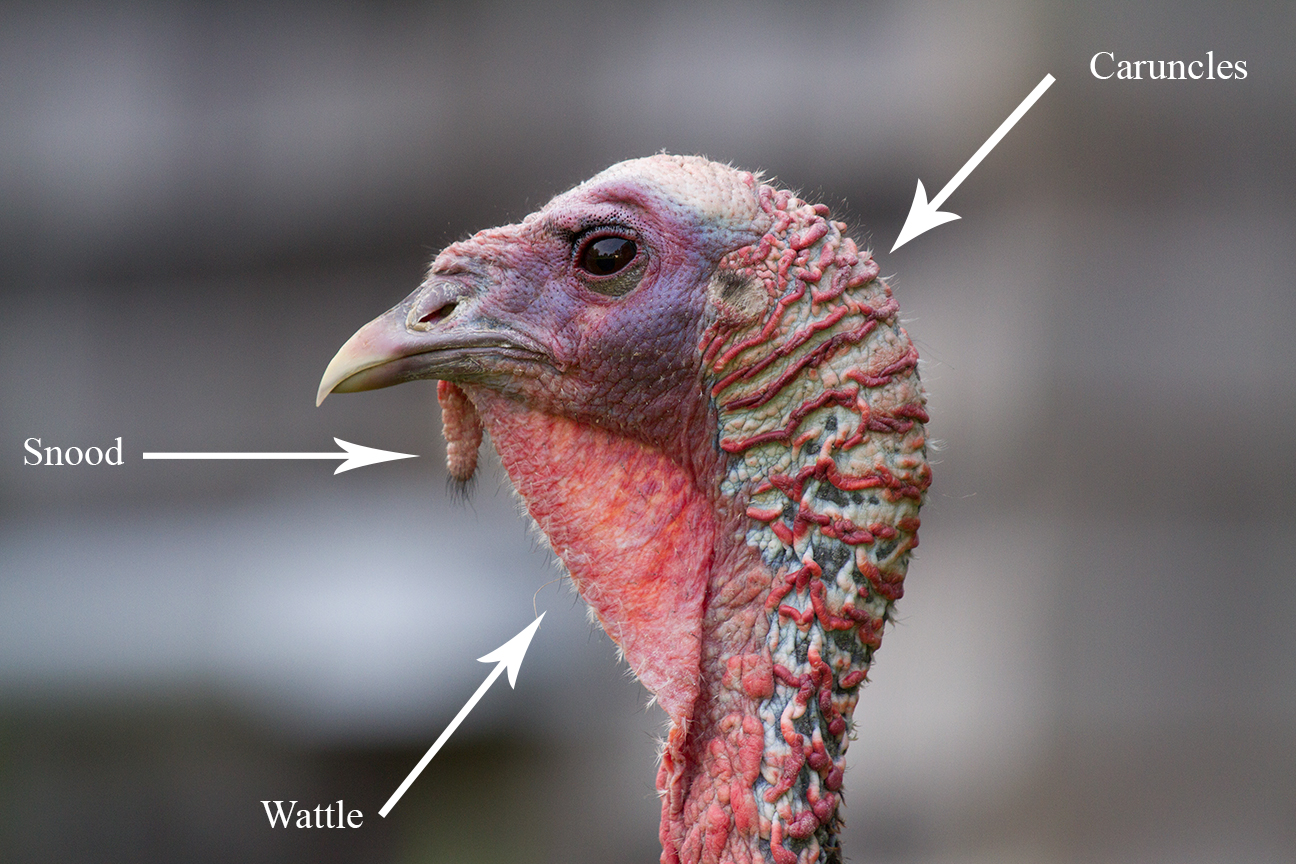|
Jackson Prairie
The Jackson Prairie is a temperate grassland ecoregion in Mississippi. It is a disjunct of the Black Belt (or Black Prairie) physiographic area. Description The prairie is a narrow strip across the state from the Mississippi River to the border of Alabama. It is only across at its widest, and generally wide. It runs in a diagonal line from near Jackson in the northwest, through Bienville National Forest and southeast to the Alabama border. The contrast between the alkaline soil of the prairies and the acidic soil of the forests causes the sharp delineation in plant types in each region. In the western portion of the prairie, the soil is a brown loess loam over calcareous clay. In hilly areas, the clay is covered by red and yellow sand from the Pliocene epoch. The underlying clay, an identifying component of the Jackson Prairie Belt, shrinks and swells dramatically based on the amount of rainwater. Each cycle adds to the mounds and depressions, building them up over ti ... [...More Info...] [...Related Items...] OR: [Wikipedia] [Google] [Baidu] |
Temperate Grasslands, Savannas, And Shrublands
Temperate grasslands, savannas, and shrublands is a terrestrial biome defined by the World Wide Fund for Nature. The predominant vegetation in this biome consists of grass and/or shrubs. The climate is temperate and ranges from semi-arid to semi-humid. The habitat type differs from tropical grasslands in the annual temperature regime as well as the types of species found here. The habitat type is known as prairie in North America, pampas in South America, veld in Southern Africa and steppe in Asia. Generally speaking, these regions are devoid of trees, except for riparian or gallery forests associated with streams and rivers. Steppes/ shortgrass prairies are short grasslands that occur in semi-arid climates. Tallgrass prairies are tall grasslands in areas of higher rainfall. Heaths and pastures are, respectively, low shrublands and grasslands where forest growth is hindered by human activity but not the climate. Tall grasslands, including the tallgrass prairie of North Americ ... [...More Info...] [...Related Items...] OR: [Wikipedia] [Google] [Baidu] |
Calcareous
Calcareous () is an adjective meaning "mostly or partly composed of calcium carbonate", in other words, containing lime or being chalky. The term is used in a wide variety of scientific disciplines. In zoology ''Calcareous'' is used as an adjectival term applied to anatomical structures which are made primarily of calcium carbonate, in animals such as gastropods, i.e., snails, specifically about such structures as the operculum, the clausilium, and the love dart. The term also applies to the calcium carbonate tests of often more or less microscopic Foraminifera. Not all tests are calcareous; diatoms and radiolaria have siliceous tests. The molluscs are calcareous, as are calcareous sponges (Porifera), that have spicules which are made of calcium carbonate. In botany ''Calcareous grassland'' is a form of grassland characteristic of soils containing much calcium carbonate from underlying chalk or limestone rock. In medicine The term is used in pathology, for ... [...More Info...] [...Related Items...] OR: [Wikipedia] [Google] [Baidu] |
Conservation Easement
In the United States, a conservation easement (also called conservation covenant, conservation restriction or conservation servitude) is a power invested in a qualified private land conservation organization (often called a " land trust") or government (municipal, county, state or federal) to constrain, as to a specified land area, the exercise of rights otherwise held by a landowner so as to achieve certain conservation purposes. It is an interest in real property established by agreement between a landowner and land trust or unit of government. The conservation easement "runs with the land", meaning it is applicable to both present and future owners of the land. The grant of conservation easement, as with any real property interest, is part of the chain of title for the property and is normally recorded in local land records. The conservation easement's purposes will vary depending on the character of the particular property, the goals of the land trust or government unit, an ... [...More Info...] [...Related Items...] OR: [Wikipedia] [Google] [Baidu] |
Grassland Reserve Program
The Grasslands Reserve Program (GRP) was a United States government program, administered by the Natural Resources Conservation Service, that provided financial assistance to farmers and landowners to restore grasslands. The 2002 farm bill authorized enrollment of of restored or improved grassland, range land and pastureland under temporary and permanent easements, or contracts of at least 10 years. Under the GRP enrolled land must be in parcels that exceed . Technical assistance was provided to restore grasslands. A total of $254 million in mandatory funding from the Commodity Credit Corporation (CCC) was provided between Fiscal Years 2003 and 2007. It also provided cost sharing payments at 75% to restore disturbed grasslands and 90% to protect virgin grasslands. Congress A congress is a formal meeting of the representatives of different countries, constituent states, organizations, trade unions, political parties, or other groups. The term originated in Late Middle English ... [...More Info...] [...Related Items...] OR: [Wikipedia] [Google] [Baidu] |
University Press Of Mississippi
The University Press of Mississippi, founded in 1970, is a publisher that is sponsored by the eight state universities in Mississippi. Universities * Alcorn State University * Delta State University * Jackson State University * Mississippi State University * Mississippi University for Women * Mississippi Valley State University *University of Mississippi The University of Mississippi ( byname Ole Miss) is a public research university that is located adjacent to Oxford, Mississippi, and has a medical center in Jackson. It is Mississippi's oldest public university and its largest by enrollment. ... * The University of Southern Mississippi Imprints * Banner Books * Muscadine Books (books about Southern Culture) Notable series Notable series of the Press include: * American Made Music Series * Folk Art and Artists Series * Great Comics Artists Series * Hollywood Legends Series * Studies in Popular Culture Series ** Comics and Popular Culture category References External ... [...More Info...] [...Related Items...] OR: [Wikipedia] [Google] [Baidu] |
Harrell Prairie Botanical Area
Harrell Prairie Botanical Area or Harrell Prairie Hill is a tallgrass prairie nature preserve located within Bienville National Forest near Forest, Mississippi. It is a rare remaining example of the Jackson Prairie Belt in Mississippi. It was declared a National Natural Landmark in May 1976 and a Botanical Area by the Forest Service in 1980. Description There are 68 identified prairies in the National Forest, locally called cedar fields, which avoided agriculture development due to their purchase by lumber companies. Harrell Hill contains the "largest and least disturbed" example of the Jackson Prairie in Mississippi. The Jackson Prairie is a disjunct of the Black Belt (or Black Prairie) physiographic area in Mississippi and Alabama. The alkaline soils ( pH greater than 7.5) of the Maytag series ensure unique ecosystems unlike the nearby woodlands of Loblolly Pine (''Pinus taeda''). Common grasses include Little Bluestem (''Schizachyrium scoparium''), Indiangrass (''Sor ... [...More Info...] [...Related Items...] OR: [Wikipedia] [Google] [Baidu] |
Agriculture
Agriculture or farming is the practice of cultivating plants and livestock. Agriculture was the key development in the rise of sedentary human civilization, whereby farming of domesticated species created food surpluses that enabled people to live in cities. The history of agriculture began thousands of years ago. After gathering wild grains beginning at least 105,000 years ago, nascent farmers began to plant them around 11,500 years ago. Sheep, goats, pigs and cattle were domesticated over 10,000 years ago. Plants were independently cultivated in at least 11 regions of the world. Industrial agriculture based on large-scale monoculture in the twentieth century came to dominate agricultural output, though about 2 billion people still depended on subsistence agriculture. The major agricultural products can be broadly grouped into foods, fibers, fuels, and raw materials (such as rubber). Food classes include cereals ( grains), vegetables, fruits, cooking oils, m ... [...More Info...] [...Related Items...] OR: [Wikipedia] [Google] [Baidu] |
Songbird
A songbird is a bird belonging to the suborder Passeri of the perching birds ( Passeriformes). Another name that is sometimes seen as the scientific or vernacular name is Oscines, from Latin ''oscen'', "songbird". The Passeriformes contains 5000 or so speciesEdwards, Scott V. and John Harshman. 2013. Passeriformes. Perching Birds, Passerine Birds. Version 06 February 2013 (under construction). http://tolweb.org/Passeriformes/15868/2013.02.06 in The Tree of Life Web Project, http://tolweb.org/ ccessed 2017/12/11 found all over the world, in which the vocal organ typically is developed in such a way as to produce a diverse and elaborate bird song. Songbirds form one of the two major lineages of extant perching birds (~4000 species), the other being the Tyranni (~1000 species), which are most diverse in the Neotropics and absent from many parts of the world. The Tyranni have a simpler syrinx musculature, and while their vocalizations are often just as complex and striking as th ... [...More Info...] [...Related Items...] OR: [Wikipedia] [Google] [Baidu] |
Wild Turkey
The wild turkey (''Meleagris gallopavo'') is an upland ground bird native to North America, one of two extant species of turkey and the heaviest member of the order Galliformes. It is the ancestor to the domestic turkey, which was originally derived from a southern Mexican subspecies of wild turkey (not the related ocellated turkey). Description Adult wild turkeys have long reddish-yellow to grayish-green legs. The body feathers are generally blackish and dark, sometimes grey brown overall with a coppery sheen that becomes more complex in adult males. Adult males, called toms or gobblers, have a large, featherless, reddish head, red throat, and red wattles on the throat and neck. The head has fleshy growths called caruncles. Juvenile males are called jakes; the difference between an adult male and a juvenile is that the jake has a very short beard and his tail fan has longer feathers in the middle. The adult male's tail fan feathers will be all the same length. When mal ... [...More Info...] [...Related Items...] OR: [Wikipedia] [Google] [Baidu] |
Bobwhite Quail
The northern bobwhite (''Colinus virginianus''), also known as the Virginia quail or (in its home range) bobwhite quail, is a ground-dwelling bird native to Canada, the United States, Mexico, and Cuba, with introduced populations elsewhere in the Caribbean, Europe, and Asia. It is a member of the group of species known as New World quail (Odontophoridae). They were initially placed with the Old World quail in the pheasant family (Phasianidae), but are not particularly closely related. The name " bobwhite" is an onomatopoeic derivation from its characteristic whistling call. Despite its secretive nature, the northern bobwhite is one of the most familiar quails in eastern North America, because it is frequently the only quail in its range. Habitat degradation has likely contributed to the northern bobwhite population in eastern North America declining by roughly 85% from 1966 to 2014. This population decline is apparently range-wide and continuing. There are 23 subspecies of n ... [...More Info...] [...Related Items...] OR: [Wikipedia] [Google] [Baidu] |
Fire Ecology
Fire ecology is a scientific discipline concerned with natural processes involving fire in an ecosystem and the ecological effects, the interactions between fire and the abiotic and biotic components of an ecosystem, and the role as an ecosystem process. Many ecosystems, particularly prairie, savanna, chaparral and coniferous forests, have evolved with fire as an essential contributor to habitat vitality and renewal. Many plant species in fire-affected environments require fire to germinate, establish, or to reproduce. Wildfire suppression not only eliminates these species, but also the animals that depend upon them. Campaigns in the United States have historically molded public opinion to believe that wildfires are always harmful to nature. This view is based on the outdated beliefs that ecosystems progress toward an equilibrium and that any disturbance, such as fire, disrupts the harmony of nature. More recent ecological research has shown, however, that fire is an integral c ... [...More Info...] [...Related Items...] OR: [Wikipedia] [Google] [Baidu] |

.jpg)



